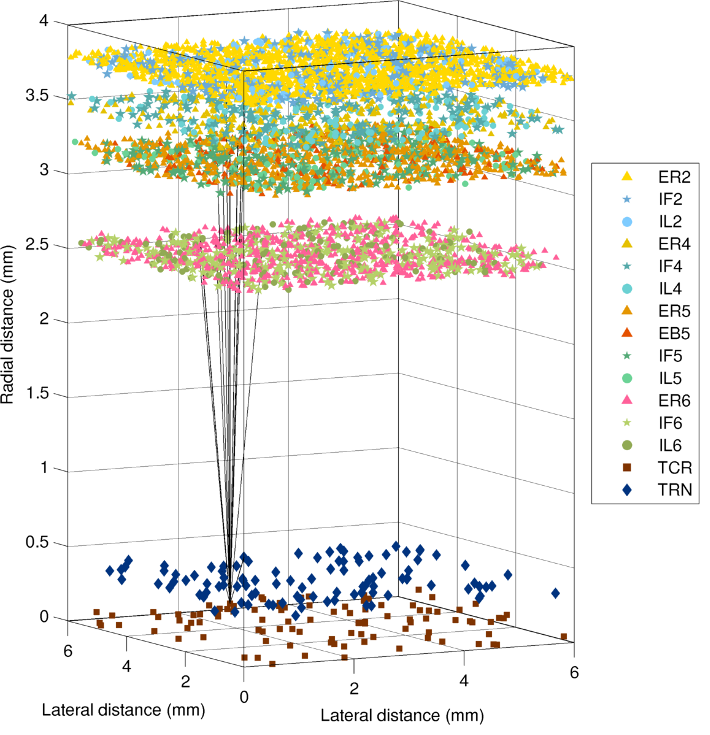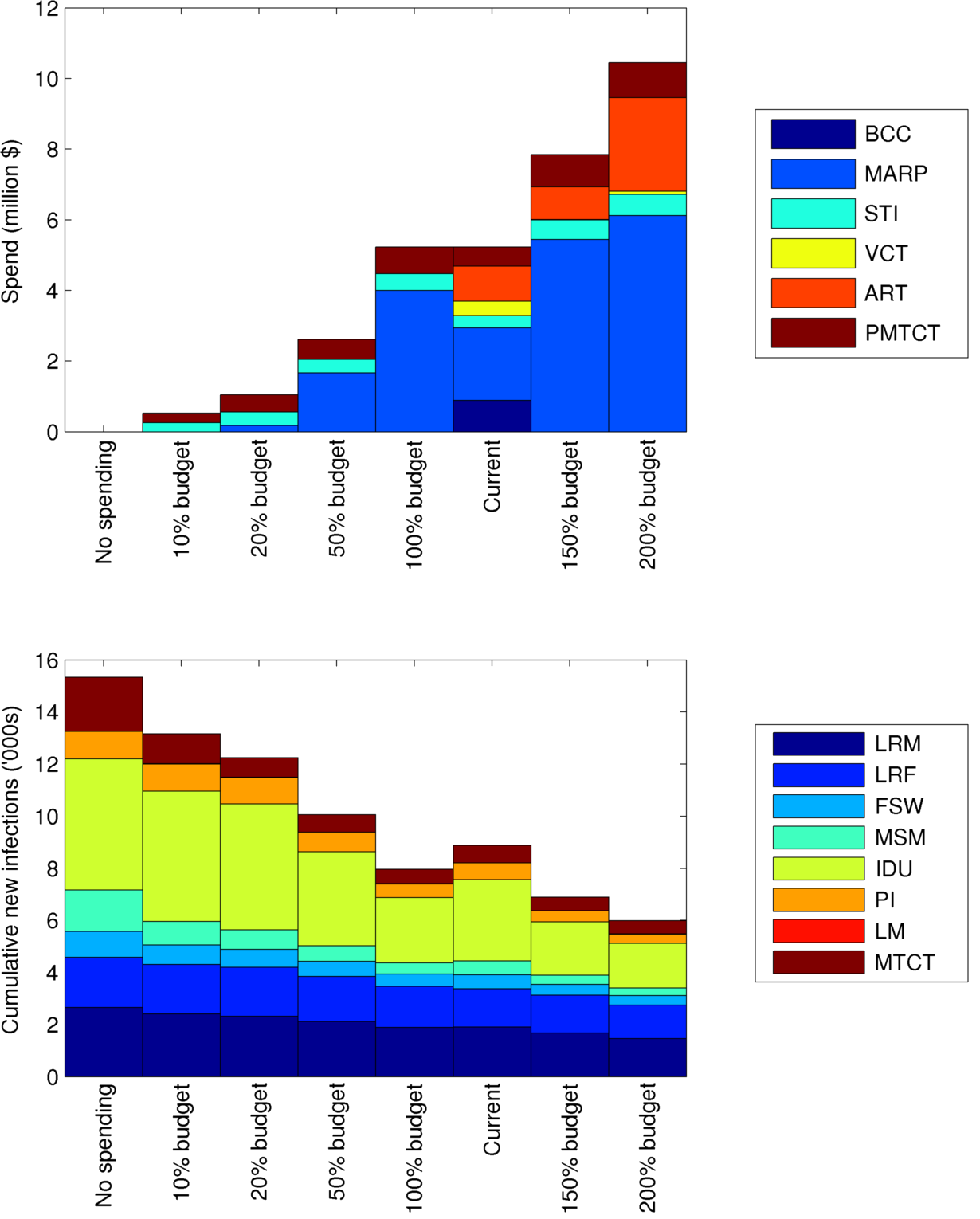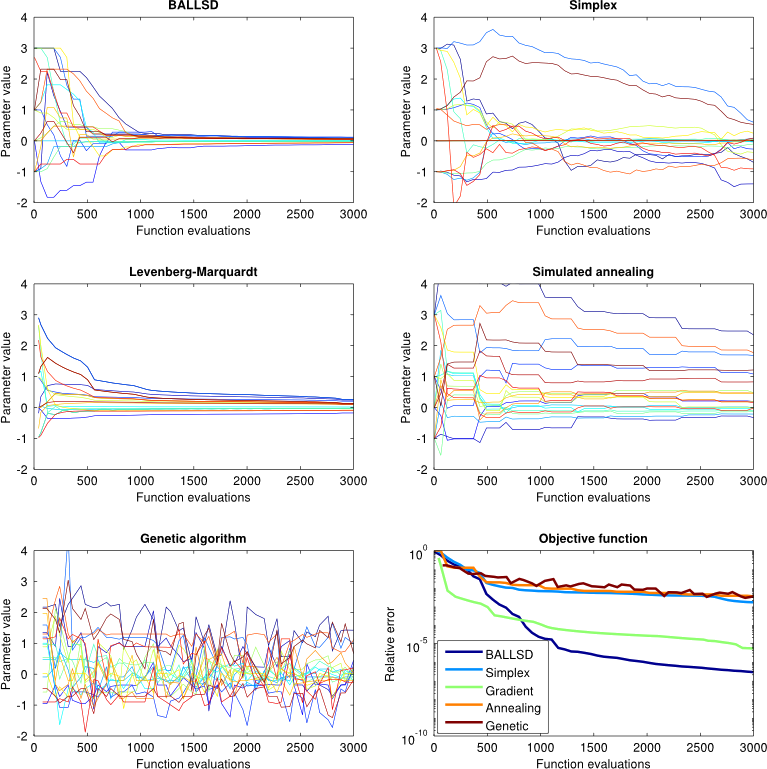Computational neuroscience
"The neural code is still unknown." So begin a huge number of computational neuroscience papers. Why is the problem so difficult, and what methods might help us solve it?
Our approach is to aim for biological realism in modeling those aspects of the brain that we believe contribute to computation, while simplifying those aspects that we believe do not. Thus the focus of our modeling framework, PYNE-NEDL, is on network-level dynamics – since, for example, it seems likely that for computation the event of a spike matters more than its precise shape (although we could be wrong!).
Because the neural code cannot be measured directly, we use three aspects as a proxy: dynamical measures (e.g., firing rates and spectra), information measures (e.g., Granger causality and transfer entropy), and performance measures (e.g., ability to control a virtual arm reaching for a target).
Funding for this work is from the DARPA REPAIR Project ("Creating the synthetic brain through hybrid computational and biological systems: repairing and replacing neural networks", 2008 – 2014, US$6.1 million) and an Australian Research Council DECRA Fellowship ("The forest and the trees: how global brain rhythms facilitate local information processing", 2014 – 2017, AU$400,000).
Computational epidemiology
Like neuroscience, computational epidemiology consists of modeling complex networks of large numbers of agents, despite sharply limited empirical data and limited capacity to perform controlled experiments. However, unlike neuroscience, epidemiology often requires collaboration with economists, policy-makers, and others with limited modeling experience.
The fundamental questions we wish to answer are: (1) What is the best way current funding can be allocated towards HIV programs? (2) How much additional funding is required to meet coverage or epidemiological targets? (3) What has past HIV spending accomplished?
To answer these questions, we run analyses using Optima (Optimization & Analysis Tool), a rate-based model of HIV epidemic dynamics that is calibrated to empirical epidemiological, behavioral, and economic data that are painstakingly collected by in-country partners.
Funding for this work comes from the World Bank ("Cost-effectiveness of HIV prevention responses in Asia", 2011 – 2014, US$1.9 million).
Computational methods
It's already a cliché to mention how the explosions of data quantity and computing power in recent years have transformed science – but they indeed have. Our lab is interested in developing new computational techniques that take advantage of these new opportunities.
For example, one major theme in computational modeling is the need to optimize model parameters due to uncertainties in empirical data. For this purpose, we developed Bayesian adaptive locally linear stochastic descent (BALLSD), which outperforms standard optimization methods for certain classes of problem (including several commonly found in neuroscience and epidemiology).


